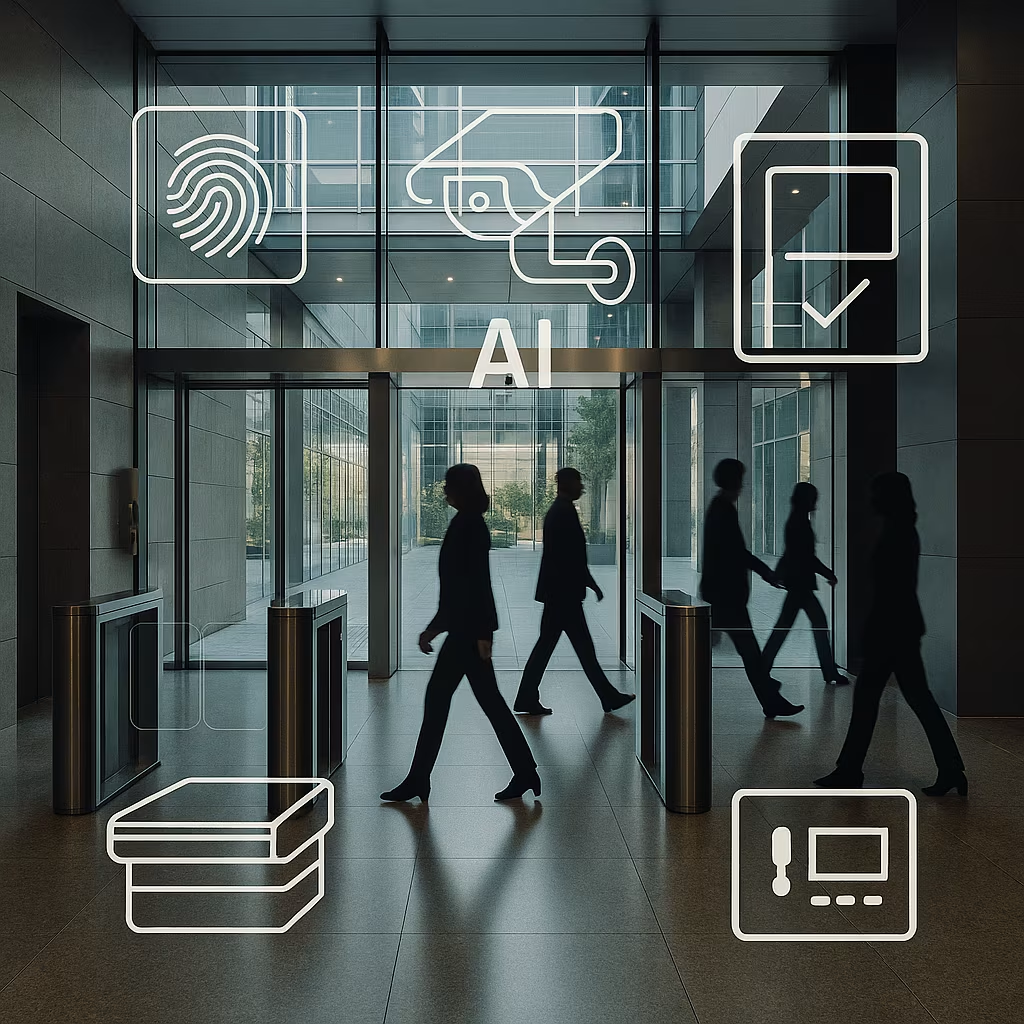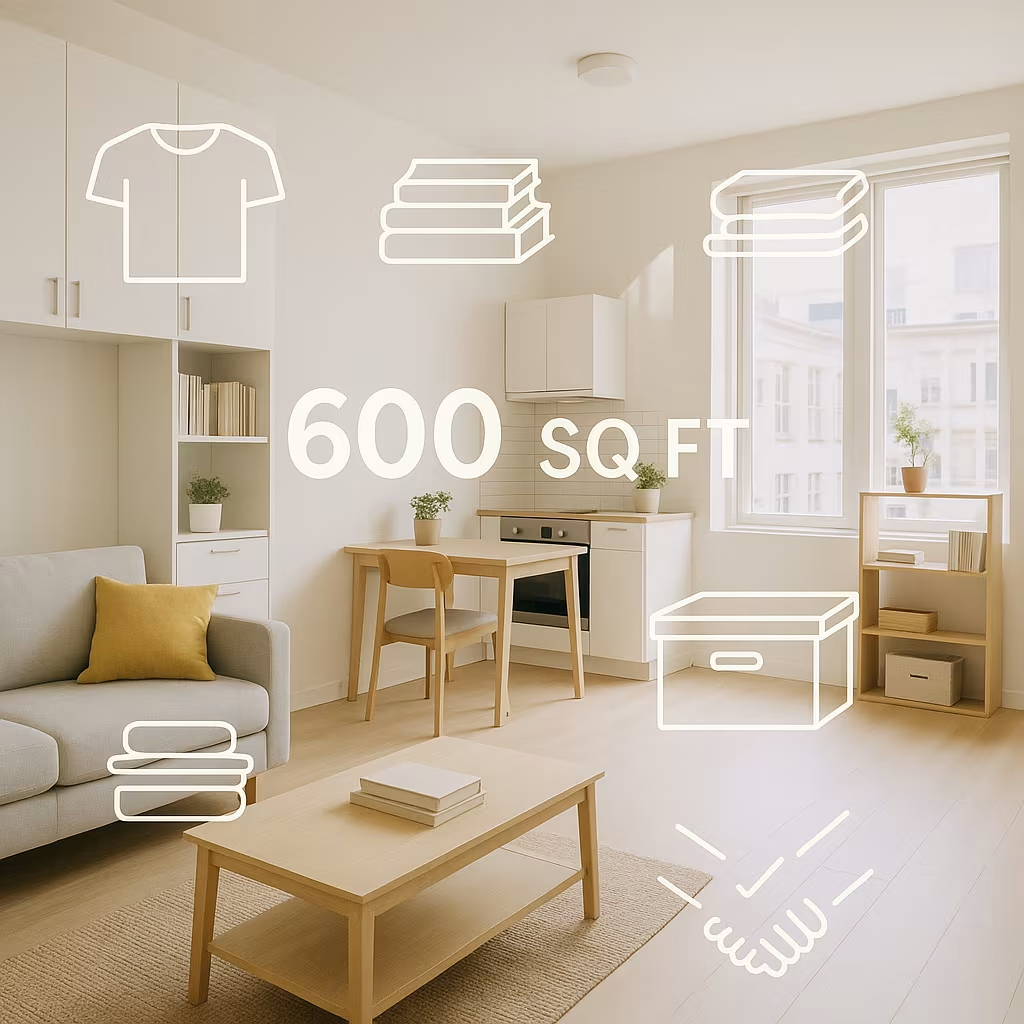The real estate industry is at a crossroads. In recent years, the workplace has undergone seismic shifts—from the pandemic-driven rise of remote and hybrid work to changing expectations about safety, accessibility, and technology. Yet one issue has struck a deeper chord in recent months: office security. As incidents of workplace breaches, vandalism, and high-profile tragedies capture headlines, the industry finds itself mourning not only the loss of safety but also grappling with urgent questions about what the future of office security should look like.
A Growing Sense of Vulnerability
For decades, commercial real estate developers prided themselves on building office towers that symbolized security and stability. Access badges, front-desk check-ins, and closed-circuit cameras created a perception of safety. But recent breaches have revealed that traditional systems may no longer be enough. From unauthorized intrusions to escalating threats in major cities, building owners and tenants are waking up to a sobering reality: physical office security needs a reinvention.
The Human Toll
Behind every policy discussion is a human story. The real estate community has been shaken by incidents where employees or building staff became victims of violence or theft inside offices once considered untouchable fortresses. These tragedies remind us that office security isn’t just a technical matter—it’s about protecting lives, ensuring peace of mind, and preserving trust between landlords, tenants, and employees.
As one property manager recently remarked, “People used to come to the office assuming it was the safest place outside their home. That assumption no longer feels guaranteed.” This erosion of trust is not just emotional—it threatens the very function of the office as a space of productivity and collaboration.
Technology as Both Solution and Challenge
Technology has always played a central role in office security, and its role will only deepen in the future. Innovations such as biometric access systems, AI-powered surveillance, and cloud-based visitor management platforms are transforming how offices monitor and protect their spaces.
Yet these solutions come with their own challenges. Tenants express concerns about privacy, data collection, and the risk of over-surveillance. At the same time, building owners must weigh the high costs of implementing next-generation systems against shrinking office demand in a hybrid-work era. The balance between security and privacy, affordability and necessity, is proving to be one of the most complex dilemmas the industry has faced in decades.
Shifting Priorities in a Hybrid World
The rise of hybrid work has forced building owners and tenants to rethink what office security even means. With fewer employees coming in daily, some companies have scaled back on-site security staffing, leaving gaps during off-peak hours. Others have leaned on technology to fill the void. But reduced foot traffic can actually increase risks—empty offices are more vulnerable to break-ins, and smaller crowds mean fewer people to notice when something is amiss.
Meanwhile, companies that maintain bustling offices are under pressure to provide heightened safety measures to reassure employees who have grown accustomed to the security of working from home. The message is clear: if offices are to remain relevant, they must feel not only inspiring but also unquestionably safe.
Collaboration Between Stakeholders
One of the most striking shifts in the conversation is the growing call for collaboration between real estate developers, property managers, corporate tenants, and local governments. No single party can shoulder the responsibility alone. Effective office security in the future will require:
- Shared investment in advanced security infrastructure.
- Clear communication between landlords and tenants about risks and protocols.
- Public-private partnerships to strengthen coordination with local law enforcement.
- Tenant education so employees understand how to navigate security systems confidently and responsibly.
This collective approach is emerging as the only sustainable model in a complex and evolving threat environment.
Emotional Repercussions Across the Industry
The mourning within the real estate sector is not just for specific incidents—it is also for the loss of certainty. For years, industry leaders relied on established security practices and trusted they were sufficient. That confidence has been shaken. Developers, property managers, and tenants alike are reckoning with difficult questions: Have we underestimated the risks? Did we invest enough in prevention? How can we rebuild trust moving forward?
A Look Ahead: The Future of Office Security
The path forward will likely be defined by a blend of technology, design, and culture. Industry experts predict that future offices will integrate security into their very architecture, from entryways designed to prevent tailgating to lobbies with seamless biometric scanning. Smart sensors may monitor unusual behavior in real time, while AI algorithms help identify risks before they escalate.
But security will also need to expand beyond hardware. Creating cultures of safety—where employees feel empowered to report concerns, where landlords openly communicate about risks, and where privacy is respected—will be just as important as the latest device or app.
The real estate industry stands at a moment of reflection. While it mourns the human toll of recent tragedies and the loss of faith in traditional safeguards, it also recognizes the urgency of innovation. Office security can no longer be an afterthought or a simple checklist—it must evolve into a holistic, adaptive system that prioritizes both safety and trust.
For developers, tenants, and employees alike, the future of office security is not just about preventing threats. It’s about ensuring that the office remains a place where people feel safe to work, collaborate, and thrive. Without that foundation, the very purpose of office space in a post-pandemic world could be called into question.





